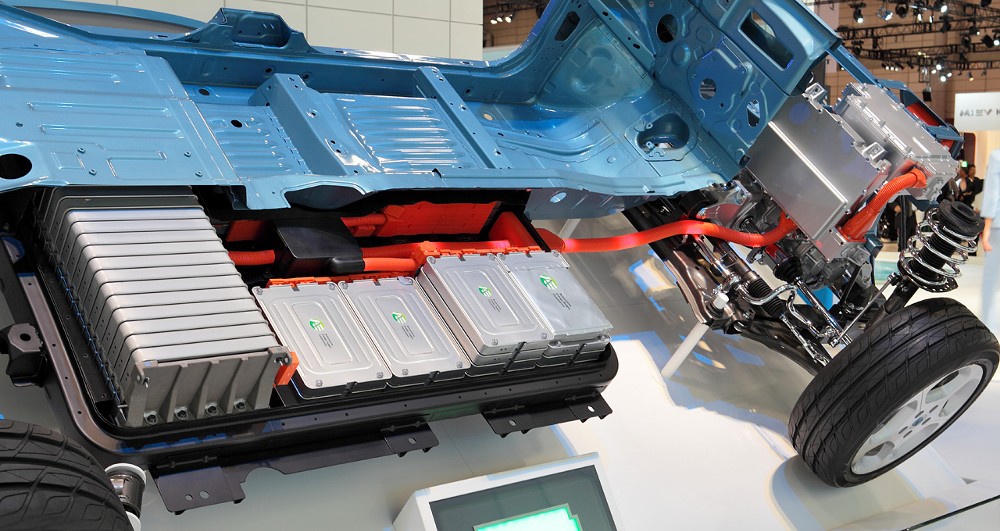More and more we are surrounded by batteries, and the devices that use them, from our smartphones to our computers to our cars and e-bikes.
Researchers want to head off the small but serious risk of fire that comes with lithium ion batteries.
A team at Clemson University may have found a way to do it, by teaching the batteries how to put themselves out if they start burning.
To put it very simply, some batteries can develop little faults over time in their systems.
And under certain conditions, set off by extremely hot weather or overuse of a charger, the process through which they produce energy can go haywire and run out of control.
Again, it’s not common, but it has happened.
There’s work underway to create a whole new line of batteries that work better and don’t have the risk of catching fire.
Engineers have also worked over the years to improve the design of the batteries and adjust what’s inside them so that they’re safer.
The Clemson team figured out a way to use coolants that are commonly used in other products as electrolytes that help batteries power things.
These modified batteries were able to function like the more common varieties, meaning they could be charged and recharged.
But in the circumstances that might lead to overheating and a runaway chemical reaction… there’s coolant in there.
So no fire.
The research and testing is likely to continue.
Eventually they may test whether the coolants may work as electrolytes in the alternative types of batteries.
Which sounds like a powerful idea.
We have a new world record for “fastest time to slice a bell pepper.”
Wallace Wong took just 9.43 seconds to turn a full red pepper into strips.
That includes clearing out the core and the seeds.
Self-extinguishing batteries could reduce the risk of deadly and costly battery fires (Clemson University)
Fastest time to slice a bell pepper – 9.43 seconds by Wallace Wong (Guinness World Records via YouTube)
Charge this show up as a backer on Patreon
Photo by Tennen-Gas – Own work, CC BY-SA 3.0, via Wikicommons

